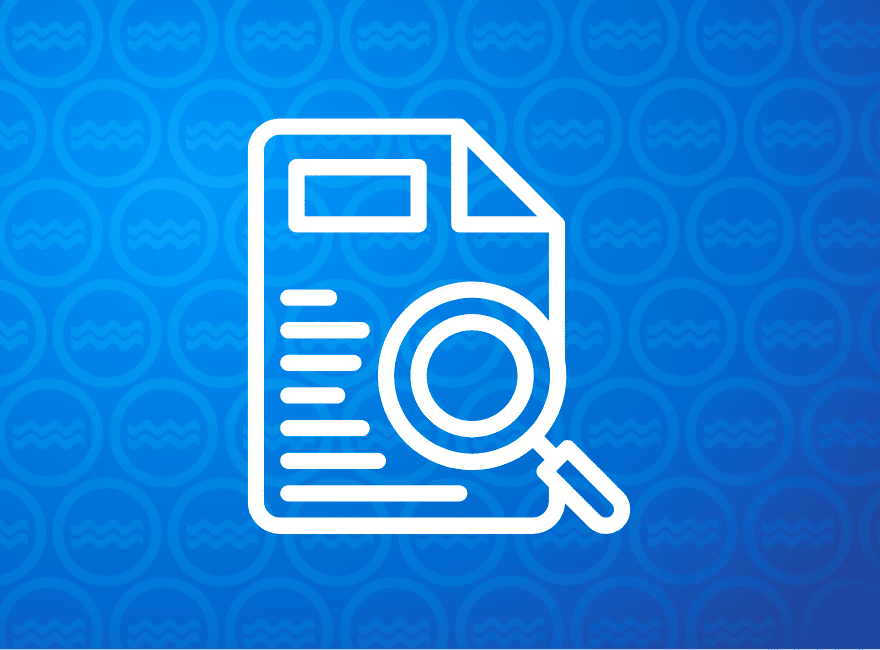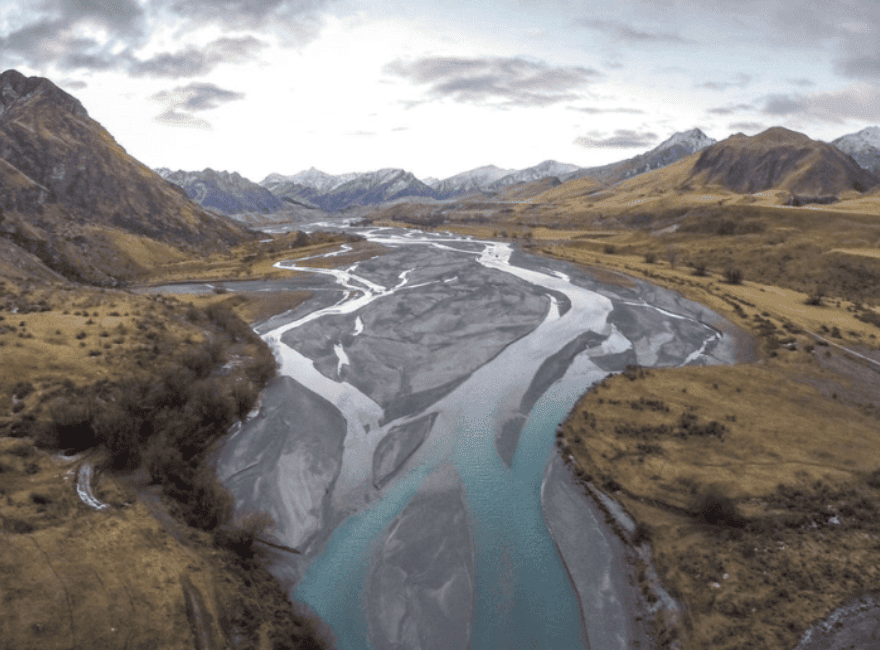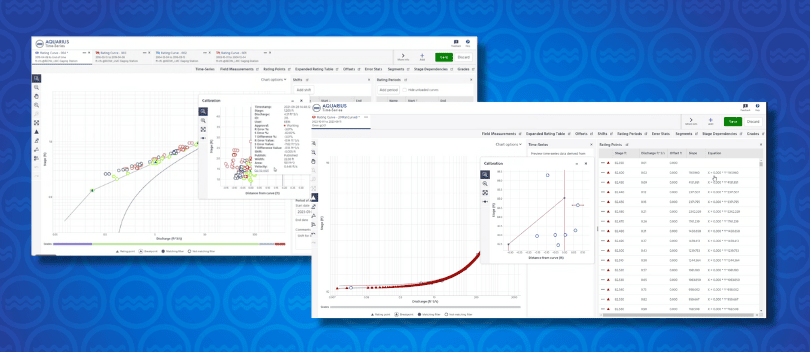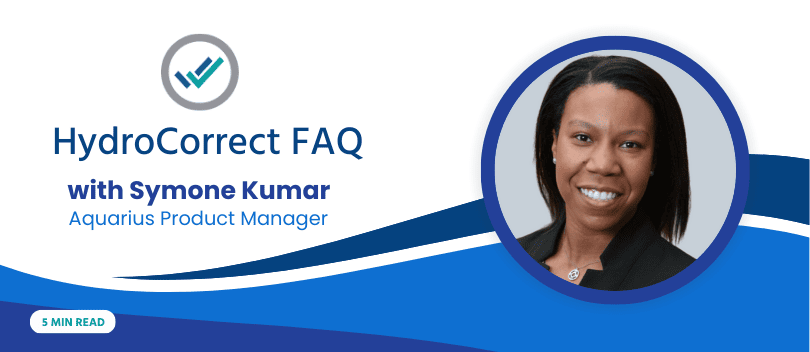
How to Monitor and Manage Groundwater
Aquatic Informatics Interview with H20 Global
According to the National Groundwater Association, Groundwater is the world’s most extracted raw material with withdrawal rates currently in the estimated range of 982 km3/year. Groundwater provides almost half of all drinking water worldwide, but resources have been rapidly depleting. As a result, resource managers are under increased pressure to manage our limited resources with greater efficiency, transparency, and defensibility.
In a recorded interview, Nicole Nally, product manager for water treatment software solutions, talked about the Groundwater data management and the Aquarius offering in an interview with H2O Global, hosted by staff editor Martyn Shuttleworth. This blog contains the full transcript of that interview.
Nicole explored how Aquarius, an advanced analytics solution, can help organisations monitor and manage groundwater. Aquarius gathers data from multiple sources and gathers it all in one place, helping hydrologists and organisations make smarter decisions based on high quality, real time information.
H2O: Could you give us some background about yourself in Aquatic informatics?
Nicole: Sure. No problems at all. I love to talk all things water. Aquatic Informatics is an organization which has developed an integrated water data management platform, and we work solely in the water space to promote the coordinated development and management of water, land and, related resources.
It's important to note that we're a mission-based organization, and that mission is to organize the world's water information and make it universally available and accessible to all. I myself have been working with the organization for some 10 years now. I have 20 years experience within the water sector from resource management to design and sustainability.
And my role with Aquatic Informatics within the APAC region has helped me work collaboratively with customers and focus on bridging data within water utilities and the built environment to make more timely decisions.
Nicole Nally in Conversation with H20 Global
Not a fan of blogs? That’s okay! The complete recorded video is available by clicking the left thumbnail.
H2O: How have updates in sensor technology changed the way that groundwater data was managed?
Groundwater is a very hot topic at the minute. In the past, I'm sure your viewers will know that groundwater data was measured by hand by a dipstick, and groundwater was routinely monitored in not very consistent intervals, so maybe yearly or quarterly intervals. So, such frequencies didn't allow for enough sufficient investigation for temporal dynamics of water quality.
And since that time, the industry has moved to employing more sensors to collect more accurate data and more timely data.
And that allows for continually monitoring sites that are sometimes hard to reach. So the new sensor of technology that's out today is allowing for better connectivity to the cloud, and allowing customers to access real-time data through real-time monitoring reliability and accuracy of that raw data is improving.
H2O: So how can organizations use and analyze all this groundwater data that's being collected, and what benefits can these advanced analytics bring?
Nicole: For sure. And I was leading to that in my last answer. Really having the data, collecting that data from numerous monitored sites is one thing, but centralizing the data means that you have then a single source of truth and the ability to do mass amounts of QA/QC, so quality assurance and quality control on that data, allowing for audibility to occur to understand who's making changes to the data and when.
And also allowing a customer or a user then to be able to provide more analytics on all of that data once it's centralized in one place.
H2O: What sort of groundwater data can it collect and how does it help with quality assurance and quality control?
Nicole: Yes, definitely. That's a great question. So our system Aquarius enables users to collect all sorts of water data that is pertinent to groundwater. So that could be logger information or depth water quality information, and all of that data and metadata can be stored within Aquarius itself.
That means within the one place, a customer can view all of that data there. And then the other great thing is, as I said before, once the data is centralized, very easy to do QA/QC on that groundwater data.
We also have just launched a new tool called HydroCorrect, which will assist in further automating the QA QC process to ensure that you are only using the very best verified data.
H2O: How does Aquarius turn groundwater data into volume?
Nicole: So as I said before, once you've been able to store all the data in one place, you are then able to do analytical analysis on that data.
So groundwater scientists can make calculations on the groundwater field, measurements on the fly without having to take that data out elsewhere and be able to therefore inform stakeholders of drawdowns in near real-time.
Continue Learning


H2O: What is the future of advanced analytics for groundwater data? What does it look like?
Nicole: Yes, that's a great question. What I can say is that from my work with many customers in this region, I understand that groundwater plays an important ecological role in directly and indirectly supporting terrestrial and surface water aquatic systems.
And so with Aquarius, a customer can view both surface water data and groundwater data all at the same time at the same place and see how one site might interact with these two systems.
So we can see how higher levels of nutrients in the surface water may therefore affect groundwater ecosystems and the freshwater supply bubble. So having those analytics there and being able to combine different sets of data types allows you to have better insight into your data.
The Next Step Forward for Groundwater Data
H2O: Certainly having everything in one place is the next big step forward for groundwater data.
I've enjoyed listening to you, but I'd like to thank you for telling us more about your product.
Nicole: Thanks for having me, Martin.
Find Your Partner in Change Management
As municipalities progress on their digital transformation journey, one of the main challenges they face is resistance to change.
Technology partners can help organizations guide their change management strategies to ensure the success of any new technology projects. While every water organization is unique, many of the challenges are similar: legacy systems, data silos, lack of resources, etc.
Experienced technology partners like Aquatic Informatics have seen it all before. We can help you achieve streamlined quality control for your environmental data. From source water through to the receiving environment, our interconnected data management platforms can help you drive the efficient management of water information across the water cycle with minimal disruption to your operations.
Get in touch to discuss your water data projects, check out our upcoming product demo, or schedule a personalized demo of our platforms.

